
Soil Health & Fertilization
We unite suppliers and green industry professionals worldwide
The Madagascar Palm (Pachypodium lamerei) is a plant that has many gardeners wondering just that. Despite its name, it’s not a real palm, it’s a succulent, but it absolutely earns its place as a dramatic showpiece.
By Mariam Scott
|Published on June 16, 2025
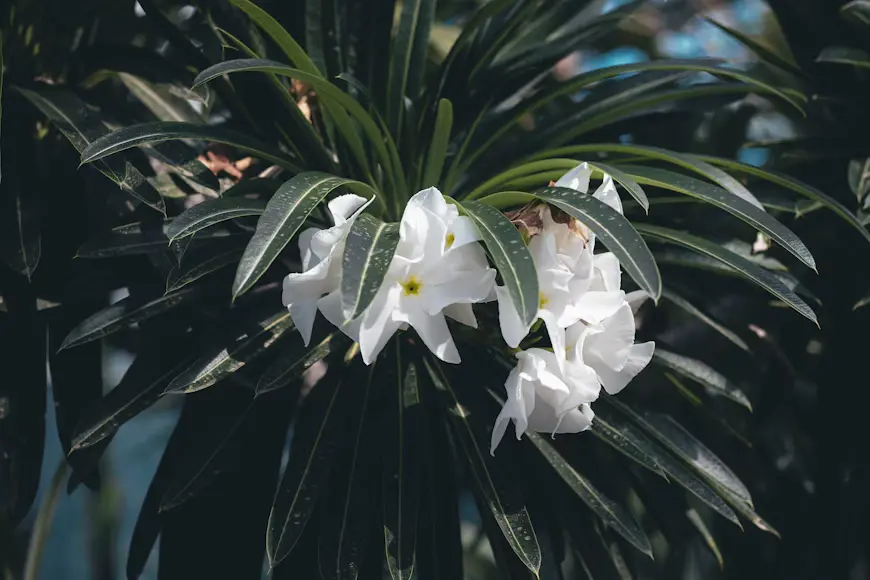

"Is it a cactus, a palm, or something in between?"
The Madagascar Palm (Pachypodium lamerei) is a plant that has many gardeners wondering just that. The plant features a thick, spiny trunk topped with a splash of tropical-looking leaves, adding dramatic texture and interest to indoor spaces or sunny outdoor gardens. Despite its name, it’s not a real palm, it’s a succulent, but it absolutely earns its place as a dramatic showpiece.
Native to the island of Madagascar, this unusual plant is fond of heat and sun and dry conditions. Grown in a pot on your patio or as a houseplant in a bright window, it’s surprisingly low maintenance. And when fully grown, it may even treat you with white, fragrant blooms similar to frangipani flowers. Best of all, it asks for very little in return — only plenty of light, and not too much water.
| Common Name | Madagascar Palm |
| Botanical Name | Pachypodium lamerei |
| Type | Succulent shrub (not a real palm) |
| Height | 4–6 feet indoors, up to 15 feet outdoors |
| Light Requirements | Full sun |
| Soil | Well-draining, sandy or cactus mix |
| Watering | Infrequent; let soil dry out between watering |
| Hardiness Zones | 9–11 (grow indoors elsewhere) |
| Toxicity | Mildly toxic if ingested; spines can cause skin irritation. |

September 25, 2025
9 minute read
September 24, 2025
9 minute read
September 23, 2025
10 minute read
September 22, 2025
9 minute read


Join as a seller and connect with thousands of B2B buyers nationwide!
Sign Up
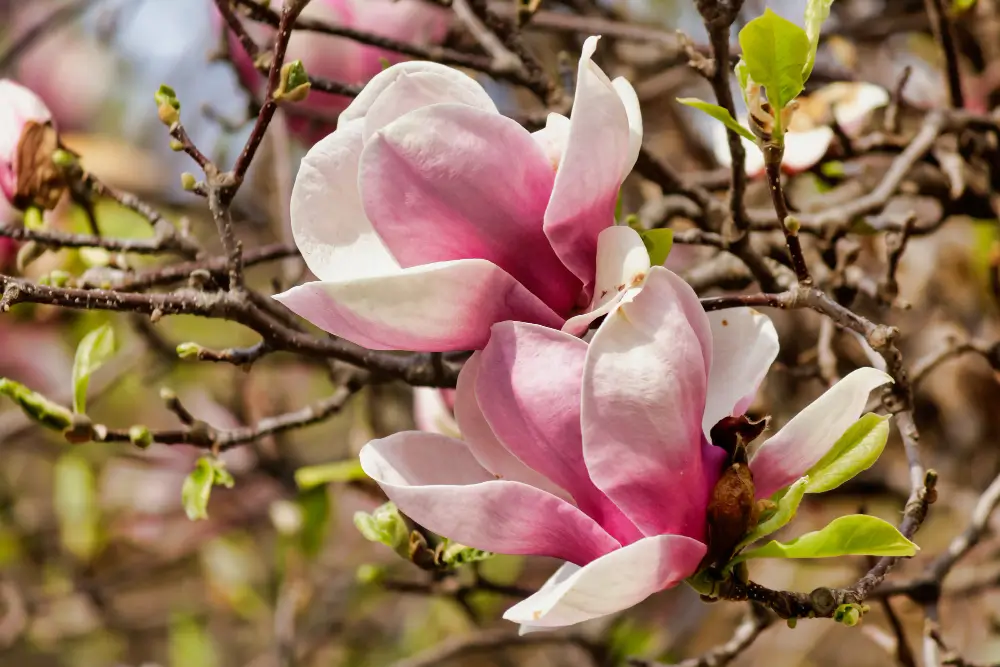
Magnolia ‘Ann’
This compact deciduous magnolia explodes with tulip-shaped, deep purple-red blooms in early spring as winter fades. Unlike many other magnolia varieties, ‘Ann’ is prized for its cold hardiness, manageable size and a second flush of flowers later in the se
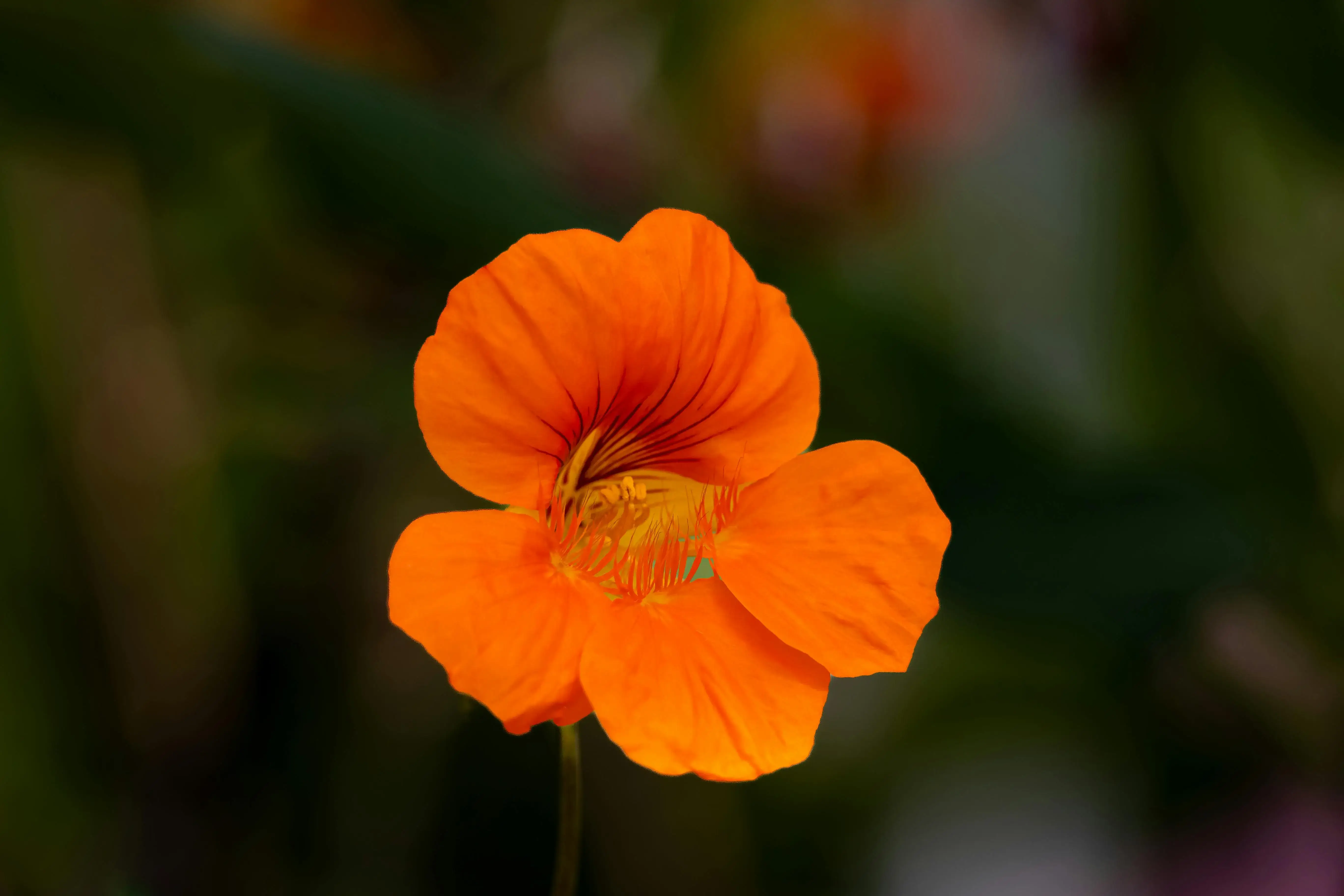
Nasturtium
Nasturtiums are a delightful combination of bright, cheerful blooms and edible leaves, flowers, and seeds. These easy-to-grow annuals are as much at home in the vegetable patch as they are trailing from a hanging basket or brightening a dull corner of the
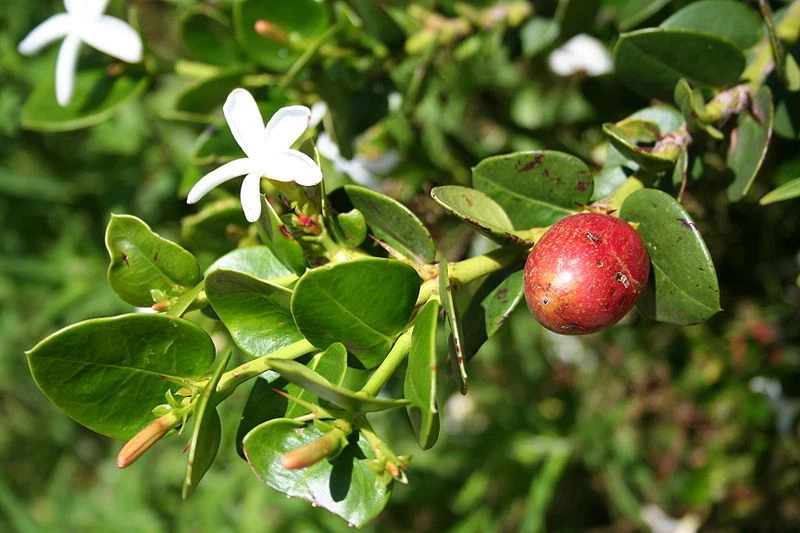
Natal Plum
Natal Plum is a glossy, evergreen shrub that’s as practical as it is beautiful. This plant is loved not only for attractive little star-shaped flowers, but also for its juicy, red fruit, which is quite comparable to a sweet cranberry-strawberry mix.
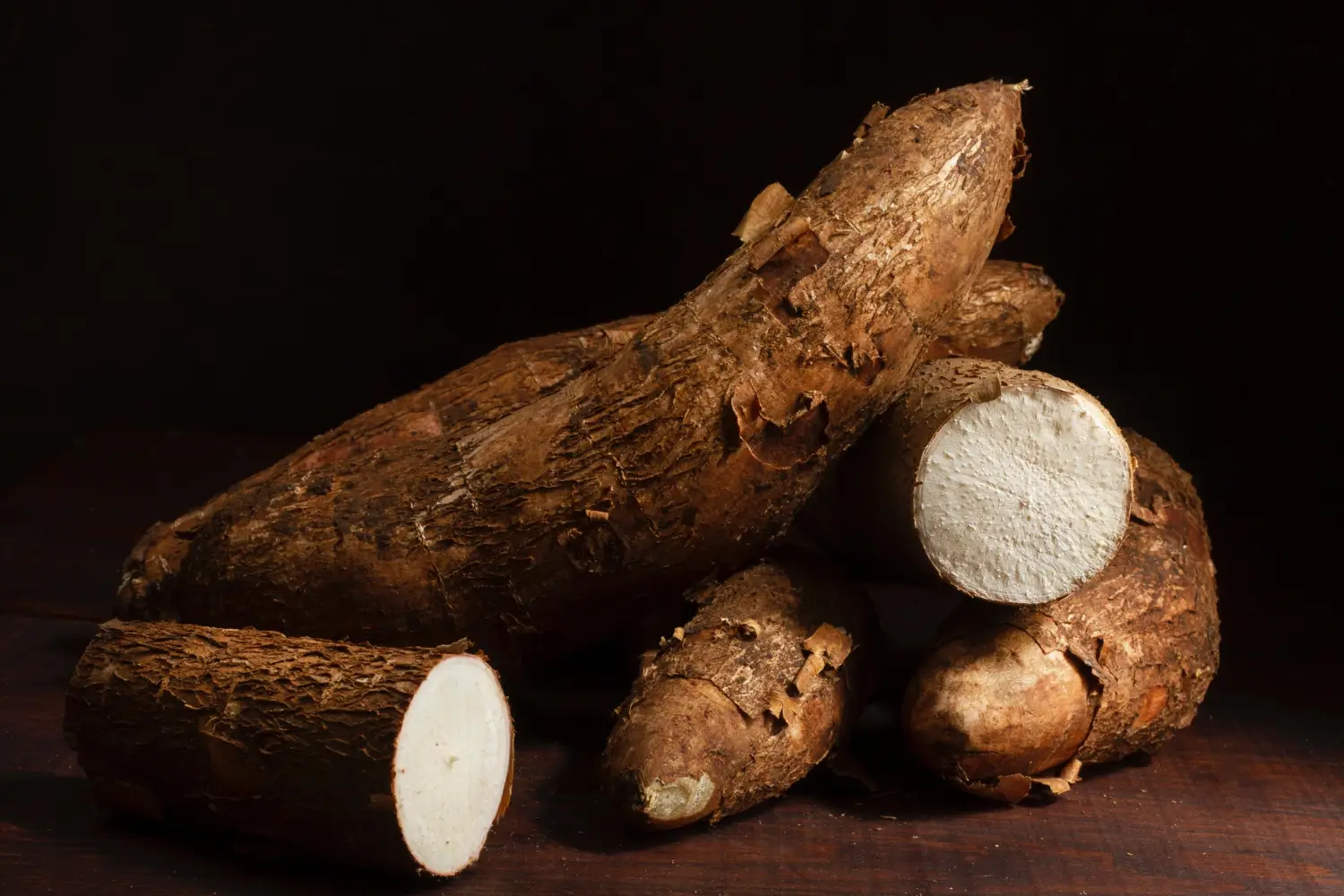
Tapioca
A Tropical Root Crop That’s as Beautiful as It Is Useful
Madagascar palms require little care, making them perfect plants for anyone who forgets to water. Their natural drought resistance and thirst for sunlight make them ideal for sunny locations indoors or warm outdoor areas in frost-free areas. Just be cautious of the sharp spines along the trunk—this isn’t a plant to squeeze between other garden guests.
Madagascar palms love bright, direct sunlight and need a minimum of 6 hours of sun a day. Outside, the best location is a sunny patio, balcony or garden bed with full exposure. Indoor plants do best when positioned close to a south- or west-facing window, where light is strongest and most consistent.
If the plant isn’t getting enough light, it may become leggy, drop leaves, or stop growing altogether. You can supplement with a grow light in darker spaces to keep it thriving year-round.
Proper soil is critical for this drought-tolerant succulent. It requires a gritty, well-draining mix to avoid root rot. Commercial cactus or succulent soil works well, or you can make your own by mixing regular potting soil with sand, perlite or pumice. The idea is to simulate its native, rocky environment — moisture should drain quickly and not linger around the roots. When planting in containers, be sure to use pots with drainage holes to help ensure healthy airflow and avoid sogginess.
As a succulent, the Madagascar palm stores moisture in its swollen trunk, so it requires infrequent watering. Allow the soil to dry out completely before watering again — every 2 to 3 weeks during summer, and just once a month or less during winter. The most common mistake with this plant is overwatering which will quickly result in root rot. When you do water, give it a deep soak until water drains from the bottom of the pot.
In drier indoor environments, particularly in winter, don’t be tempted to water more frequently unless the plant is showing signs of dehydration (shriveling or limp leaves).
Madagascar palms rarely require pruning, but periodic cleanup helps keep them looking their best. Prune away any dead or yellowing leaves as required with sharp scissors close to the base. Be careful of the sharp spines when handling.
If your plant becomes too tall, topping it is technically possible but tricky. Cutting the main stem may halt vertical growth permanently. It’s preferable to control size by choosing pots and limiting growing conditions — especially indoors.
Propagation is best done through seeds, though this method requires patience and warm conditions.
To propagate from seed:
Stem cuttings are difficult and often fail due to the plant's structure and tendency not to root readily from cuttings.
Madagascar palms make wonderful container plants for sunny patios, balconies, or sunny indoor rooms.
Potted plants will grow slower than in-ground ones, helping control size. Repot every few years in early spring if the plant becomes root-bound.
Madagascar palm can stay outside year-round in USDA zones 9–11. In colder climates it has to be moved inside before the first frost.
In late fall, when the plant enters dormancy, cut back on watering. During winter, you can place it in cool, bright area, like a sunroom or near a large window. Water lightly enough to keep from shriveling. The plant might lose its leaves in dormancy —this is completely normal and new growth will emerge in spring.
Blooming is not the primary reason to grow a Madagascar Palm, but it can develop lovely white fragrant blossoms that look just like frangipani (plumeria) flowers. These blossoms are most common on mature plants grown in warm, bright conditions – usually outside in tropical areas or bright-lit greenhouses.
Blooming indoors is rare but not impossible, especially if the plant receives abundant sunlight and proper seasonal care, including a dry winter rest. The flowers emerge near the crown among the leaves and are most likely to appear in late spring or early summer.
Madagascar palm is a tough plant but can experience a few problems if overlooked.
With its unusual appearance, tough constitution, and low-maintenance care needs, the Madagascar Palm is a tropical plant that brings the tropics to your home and garden. Give it bright light and don’t overwater it, and this spiny beauty will grow reliably for years, making it an ideal selection for bold plant lovers who prefer to let nature do most of the work.
No, it’s a succulent, not a true palm. It gets its name from its resemblance to a palm.
It can bloom indoors, although flowering is unlikely outside of tropical environments.
Be careful — the spines are sharp and can irritate. Handle with gloves if pruning or repotting.
This often happens in winter or during stress, and is usually temporary. New growth should return in spring.
Growth is moderate, but it will eventually reach several feet tall indoors if given bright light and space.

Soil Health & Fertilization
Victor Miller

Pest Identification & Prevention
Victor Miller

Lawn Care Tips & Maintenance
Victor Miller

Soil Health & Fertilization
Victor Miller

Smart Irrigation Systems
Victor Miller

Patios, Walkways & Driveways
Victor Miller

Soil Health & Fertilization
Victor Miller

Pest Identification & Prevention
Victor Miller
My Account
Our team is always here to help.
We are open Monday - Friday, 9:00 AM to 4:30 PM PST.